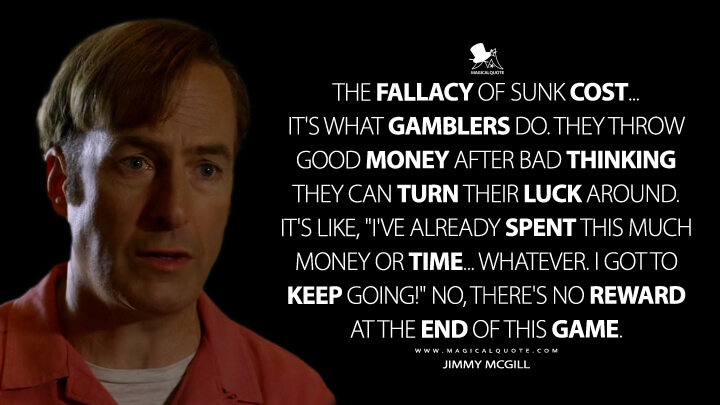Introduction
In the world of decision-making, cognitive biases often play an influential role, sometimes leading us to irrational conclusions. Among the most prevalent of these biases is the sunk cost fallacy. This mental error can guide individuals and organizations into making decisions that are influenced more by previous investments rather than rational considerations of future value.
What Is the Sunk Cost Fallacy?
The sunk cost fallacy is a psychological phenomenon that occurs when a person continues a behavior or endeavor based on previously invested resources (such as time, money, or effort), even if it is not in their best interest to do so. These costs, which can no longer be recovered, become “sunk,” and they irrationally influence future decisions.
Example
Imagine you have purchased a non-refundable ticket to a concert for $100, but on the day of the event, you fall ill and feel too sick to enjoy it. A rational choice might be to stay home and recover, but the thought of the “wasted” $100 might compel you to attend anyway. This illustrates the sunk cost fallacy, as the decision to go is being swayed by the irretrievable expense rather than your well-being.
Why Is It Considered a Common Cognitive Bias?
The sunk cost fallacy is widespread and can be found in various domains of life, from personal choices to business decisions. Here’s why it’s so common:
1. Emotional Investment: People often become emotionally attached to their investments, whether it’s a project they’ve worked on or a purchase they’ve made. Letting go can feel like admitting failure or waste, and the sunk cost fallacy can perpetuate this irrational attachment.
2. Social Pressure and Expectations: Society often values persistence and consistency, which can lead individuals to continue along a path simply because they have already invested in it. This creates an environment where the sunk cost fallacy can thrive.
3. Misunderstanding of Value: People frequently confuse past costs with future value, leading them to make decisions that may not align with their best interests. This misunderstanding is a key component of why the sunk cost fallacy is so prevalent.
Impact on Business and Economics
In the business world, the sunk cost fallacy can lead to poor investment decisions. Organizations may continue investing in a failing project simply because they’ve already spent a considerable amount on it, ignoring more profitable opportunities.
Economists also recognize the sunk cost fallacy as a deviation from rational decision-making, where only future costs and benefits should be considered.
How to Avoid the Sunk Cost Fallacy
Overcoming the sunk cost fallacy requires awareness, critical thinking, and the ability to separate past expenditures from future decision-making. Here are some strategies to help avoid this trap:
- Recognize the Bias: Understanding the sunk cost fallacy and how it affects decision-making is the first step in avoiding it.
- Evaluate Future Value: Focus on what the future benefits and costs will be, rather than what has already been spent.
- Seek Outside Opinions: Sometimes, an external perspective can provide a more objective view of a situation, free from the emotional attachment to sunk costs.
Conclusion
The sunk cost fallacy is a powerful and common cognitive bias that affects both individual and organizational decisions. Its influence is felt across various aspects of life, driven by emotional investment, social pressure, and misunderstanding of value.
Awareness and critical evaluation of future costs and benefits can help in making more rational and effective decisions, free from the influence of sunk costs. By recognizing and combating this bias, we can make choices that are more aligned with our true interests and values.

Leave a Reply